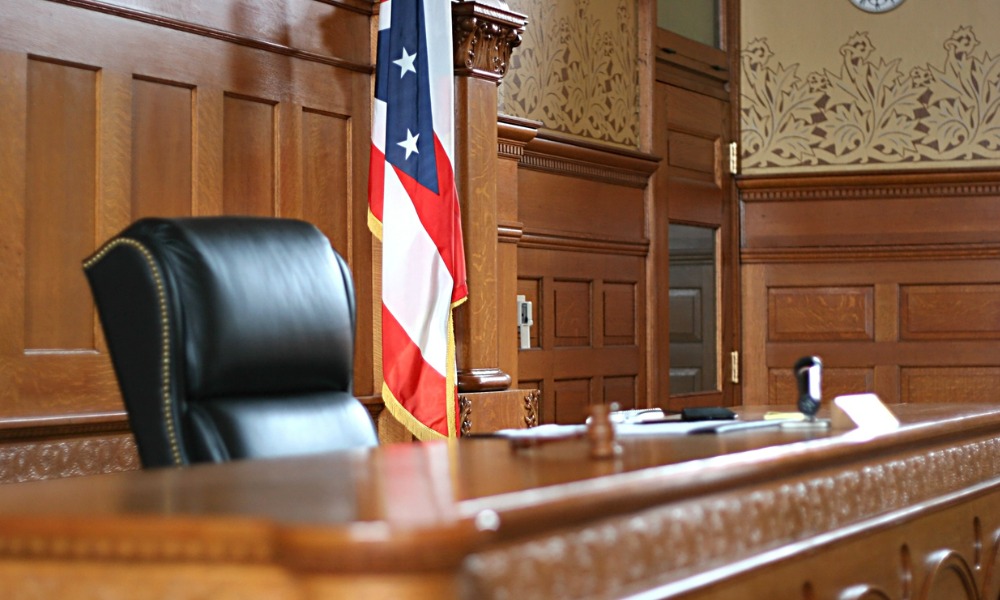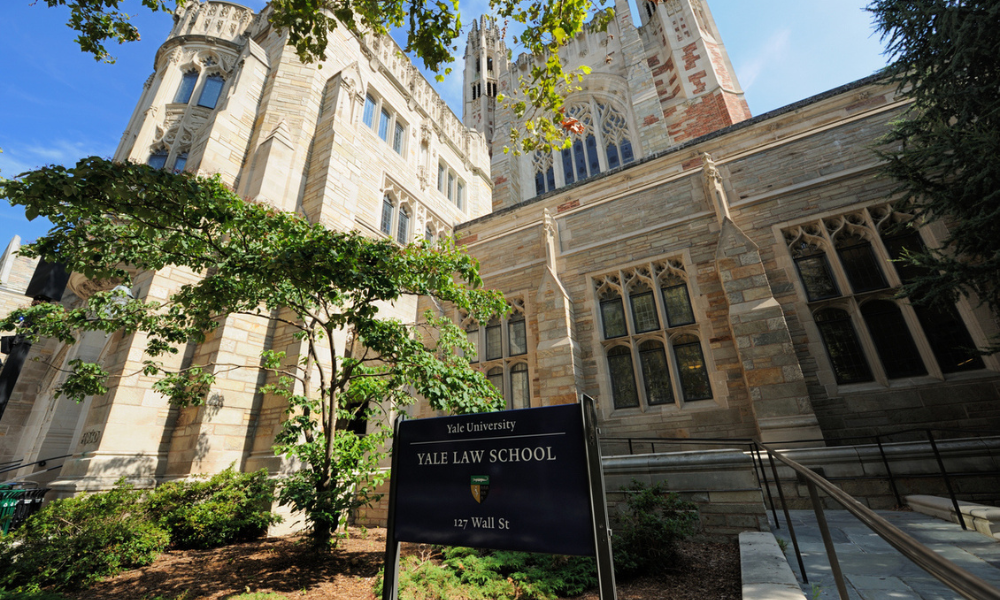Expert witnesses in valuation disputes make common mistakes and assumptions that can be drawn out in cross-examination. The expert can be a difficult animal for a lawyer to cross-examine; they are testifying on something that they know better than anyone. Business valuators are important in giving expert evidence in business deals, insolvency and restructuring and transition planning in wealthy families. But if lawyers feel hamstrung or intimidated cross-examining valuation experts, they can take heart in knowing that there are several errors these experts frequently make and learn how to spot them.

Expert witnesses in valuation disputes make common mistakes and assumptions that can be drawn out in cross-examination.
The expert can be a difficult animal for a lawyer to cross-examine; they are testifying on something that they know better than anyone. Business valuators are important in giving expert evidence in business deals, insolvency and restructuring and transition planning in wealthy families. But if lawyers feel hamstrung or intimidated cross-examining valuation experts, they can take heart in knowing that there are several errors these experts frequently make and learn how to spot them.
“It’s always less effective to have your expert fight the other expert,” says Jeff Pellarin, a chartered business valuator and president of Pellarin Inc. in Toronto and Calgary. A judge will often split the competing valuations down the middle, Pellarin says, and arrive at the median of the two.
“It’s most effective if you can undermine the expert’s credibility when he’s on the stand, and call into question his application of science,” he adds. The valuations exercise is a complicated bit of math; however, Pellarin says, “there are about five or so common errors that valuators make that can be pointed out somewhat readily in cross-examination.”
Valuation using multiples
Valuation using multiples is a process involving the identification of comparable assets and obtaining market values for these assets; converting the market values into standardized values relative to a key statistic; and applying the valuation multiple to the key statistic of the asset being valued.
“One of the common ways to get a multiple is by looking at comparables,” says Pellarin. For example, five companies in the same industry traded hands the previous year, and “if I take the selling price of each and stir them up, I conclude what the ‘multiple’ is.” An error that a valuator would make is to average them all, he says. Since most private companies operate in industries where selling prices aren’t revealed, the five companies that the valuator comes up with aren’t really a representative sample — they are the five that he happens to know about.
There may be hundreds of companies in a particular industry; 80 may be sold in a particular time period, but transaction figures may be available for eight only, “and you’re lucky if you get that many.”
The other problem is that those eight are not a random of eight out of 80, Pellarin adds. “Normally, the figures are available because a public company bought [the business being valuated]. So, you have to be big enough to be attractive to a public company.” The question for the expert valuator is how was the sample selected? The lawyer should also find out how many companies were traded that the expert was not able to get data on, he says.
Fair market value
Fair market value — to be differentiated from fair value — refers to what the sales price would be “in a market of intelligent, thinking people,” says Pellarin. “You need to imagine the circumstances of a likely buyer for this company.”
For example, a large, publicly traded company will pay a higher tax rate (of 35 to 40 per cent), but a company being valuated for purchase may be small and enjoying a tax rate of 15 per cent. “If you think your company will attract a public company as a buyer, then the tax rate changes, and you need to evaluate the share value accordingly,” says Pellarin.
Peter Osborne, a partner in the litigation firm Lenczner Slaght Royce Smith Griffin LLP in Toronto, has a practice comprising roughly 80 per cent commercial and insolvency litigation, and he regularly retains and cross-examines business valuators.
“One of the most basic things that can be overlooked is the definition of fair market value,” Osborne says. “I’m sometimes surprised at how little context experts have.”
Growth rate and earnings
A common mistake for valuators to make is to overestimate growth rate based on past growth, says Pellarin. “In the long run, businesses can only grow at the rate the economy grows at.”
The long-term growth rate can never exceed the growth rate of the economy, he says, and Canada’s economy tends to grow at three per cent per annum; “so, if you see a growth rate in the valuation report of seven or eight per cent, then the valuation report is suspect.”
Likewise, says Pellarin, practitioners should ensure that real and not projected earnings are what are used in court. “In a courtroom today, 2017, you’re asking what the value of a thing was in 2012.” An aspect that valuators overlook too rapidly, he says, is what the company actually earned as opposed to what it was projected to earn. Was it less than forecast? “A lot of times, the subsequent earnings were lower than the projections of the day.”
Scope of instructions and methodology
When cross-examining valuators on the other side, “I start with the five basics,” Osborne says. “What, when, why, where, how?
“What was the expert asked to do, and what documents was she given to do it? Start off with the engagement letter.” Osborne also asks the valuations expert what she asked for, and what she actually received from her client, which can indicate what she was denied.
Like Osborne, Christopher Richter, a partner in the litigation boutique firm of Woods LLP in Montreal, says he asks about the adverse expert’s instructions. “Often wrapped up in that is what was the expert asked to do? That can sometimes be a useful area of cross-examination. If there were limits put on his scope of expertise, if he was asked to make certain assumptions or set in a certain direction in his retainer agreement, that can affect the validity of his result and his credibility.”
Understanding an adverse expert’s methodology can be key to undermining it — or at least getting the valuation expert to agree with you.
“What overall approach was used here?” Osborne asks. “Is it an income- or market- or asset-valuation approach? Is the expert to apply a discount or a premium? I would want to understand what adjustments were made to their conclusion at the end of the day.”
Brent Olthuis, a litigator at Hunter Litigation Chambers in Vancouver, notes that “like fashions, [approaches to providing valuations] tend to change over time. I’d look at what questions were asked [in the report], what factual information was given to the expert and what methods did the expert follow in applying those facts or assumed facts in generating value.”
In general, says Richter, the biggest mistake valuation experts make is not taking into account all the facts, “because they were not given all the facts by their client when they were retained.” They may have been asked to make certain assumptions that are not correct, he says. Challenging facts and assumptions, rather than challenging the expert’s expertise, makes evaluating the evidence easier for the judge, he adds.
Richter provides an example of a faulty assumption. “If you’re talking about a piece of property, and you’re comparing it to other buildings in the neighbourhood, has that building [in question] been renovated recently? If your building has not been renovated in 30 years but ones you’re comparing to have been, that’s a fact that should be relevant . . . but the expert might not even know it.”
Doing the math
Typically, Osborne says, valuation experts will be given financial statements of the company or business of their client. “Are they audited, for starters? Sometimes, I’ll run those statements past an auditor to see what they missed.” Then, he asks what the adverse expert looked at, beyond the financial reports, including income tax returns of the company, “that might be a little more revealing than the statements.”
“Finally . . . I always check the math. In a surprising number of reports, there’s an arithmetic or transposition error. [The expert] just got the numbers wrong. All clients are under such fee pressures that we sometimes forget experts are under that as well. . . . I often ask was their analysis . . . restricted due to fee or time constraints?”
Preparing your own expert
Working with one’s own expert is what will give a practitioner details and “a command of the relevant facts that’s going to allow you to cross-examine the adverse expert,” notes Richter.
He aims to work out how the two reports, of his own and of the adverse expert, may have arrived at a different conclusion. “We try to anticipate questions in that regard so that [our expert has] an answer as to why he adopted his conclusions.”
Preparation of one’s own expert begins long before they take the stand. Olthuis says he looks for someone with extensive expertise. “Where possible, you want to look for someone with a proven track record and who has testified well in court previously,” he says. “That weeding-out process will provide some confidence that the person will fulfil their duty to the court, to assist through their evidence.”
Osborne puts his own experts through a brief, mock cross-examination to prepare them for questions from the other side “and to prepare me for my own examination of my expert in chief. . . . I try to take the blinders off [to avoid] walking by tough questions.”
He will also ask his experts if there is anything they should disclose to him that will embarrass themselves or him, such as disciplinary findings or providing contradictory opinions.
“Sometimes, I’ve decided not to call my own experts. If I’m sufficiently nervous, I’ll ask if I really need this evidence.”
The art of cross-examining an expert: research, research, research
Researching the qualifications of the adverse expert is something every practitioner does — or should do.
Osborne says he does a Google search on every witness and proceeding, but especially experts, including any reported opinion they may have given evidence in, and whether their evidence, or recommendations, were rejected.
Sometimes, that can lead to discovering that a valuation expert is no longer accredited by the Canadian Institute of Chartered Business Valuators, for example, or that their evidence has been “thoroughly debunked” by a court previously, as Olthuis says he once discovered. And Osborne cross-examined an expert whose licence had been revoked in Ontario due to disciplinary proceedings but who had not divulged that to the court; “we made a great deal of that on cross.”
Osborne thinks of the cross-examination of a business valuation expert as a four-stage escalation of questions, though he hopes not to have to move through all four stages. Stage 1 is a non-confrontational review of financial statements. Stage 2 is qualifying the evidence in chief. Stage 3 is challenging the expert’s opinion or methodology but not the value of the expert witness herself: “They made a mistake.” And Stage 4, should the first three stages be unsuccessful in reaching resolution, is an attack on the expert’s credibility, challenging the court to find the expert unreliable.
Practitioners agree that there’s a lot of subjective analysis in business valuations.
“I’ll test the temperature of the water incrementally, [and] I tend to try to decide early on whether I have a ‘push-cross’ or ‘pull-cross.’ If the expert is reasonable, and intellectually honest, . . . can I pull her toward my conclusion?” Osborne says. A “push-cross” won’t agree on anything, “so I want to push her away from me as far as I can, to the point of letting her agree with me on the most basic statements, to undermine her.”
His favourite cross is when he has no questions at all, “and it’s better to make the expert look OK for the evidence in chief,” Osborne says. “It’s a much harder hill to climb to call the expert a liar.”










